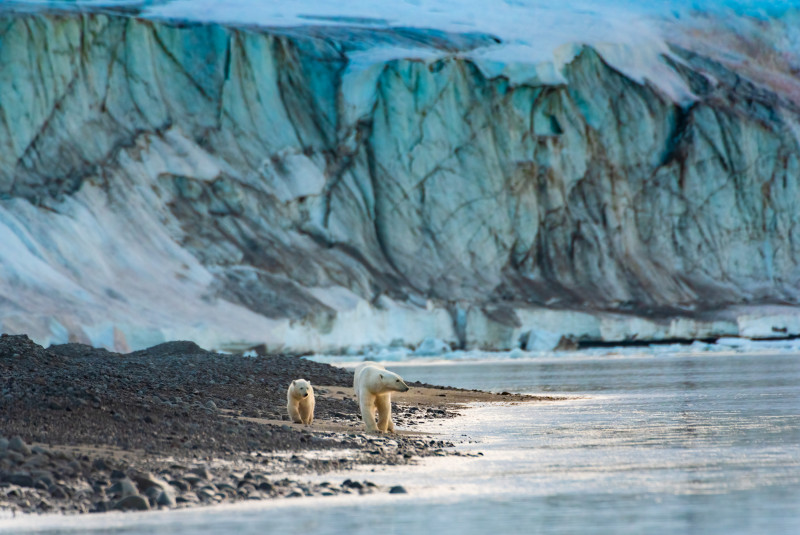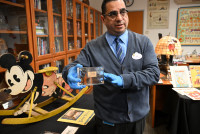WORKING in the Arctic as a filmmaker is far from a 9-to-5 gig. The region goes dark from early October through February – a season known as northern lights winter.
Capturing footage of polar bears roaming the frozen tundra was important for Disneynature’s ‘Polar Bear’ film. It tells the story of a new mother whose memories of her own youth prepare her to navigate motherhood in the increasingly challenging world that polar bears face today
Director Alastair Fothergill has wanted to make a polar bear movie for Disneynature for years. Apropos of a good Disneynature storyline – it was an epic journey. “Every year, we would come to Burbank and pitch our ideas, and every year, I would pitch polar bears,” he said.
“They are solitary animals – white bears in the middle of an Arctic setting – how do you make a 75-minute movie about polar bears? But I really believed in it.”
Follow our interview with him and fellow director Jeff Wilson to understand more about the motivations behind the film.
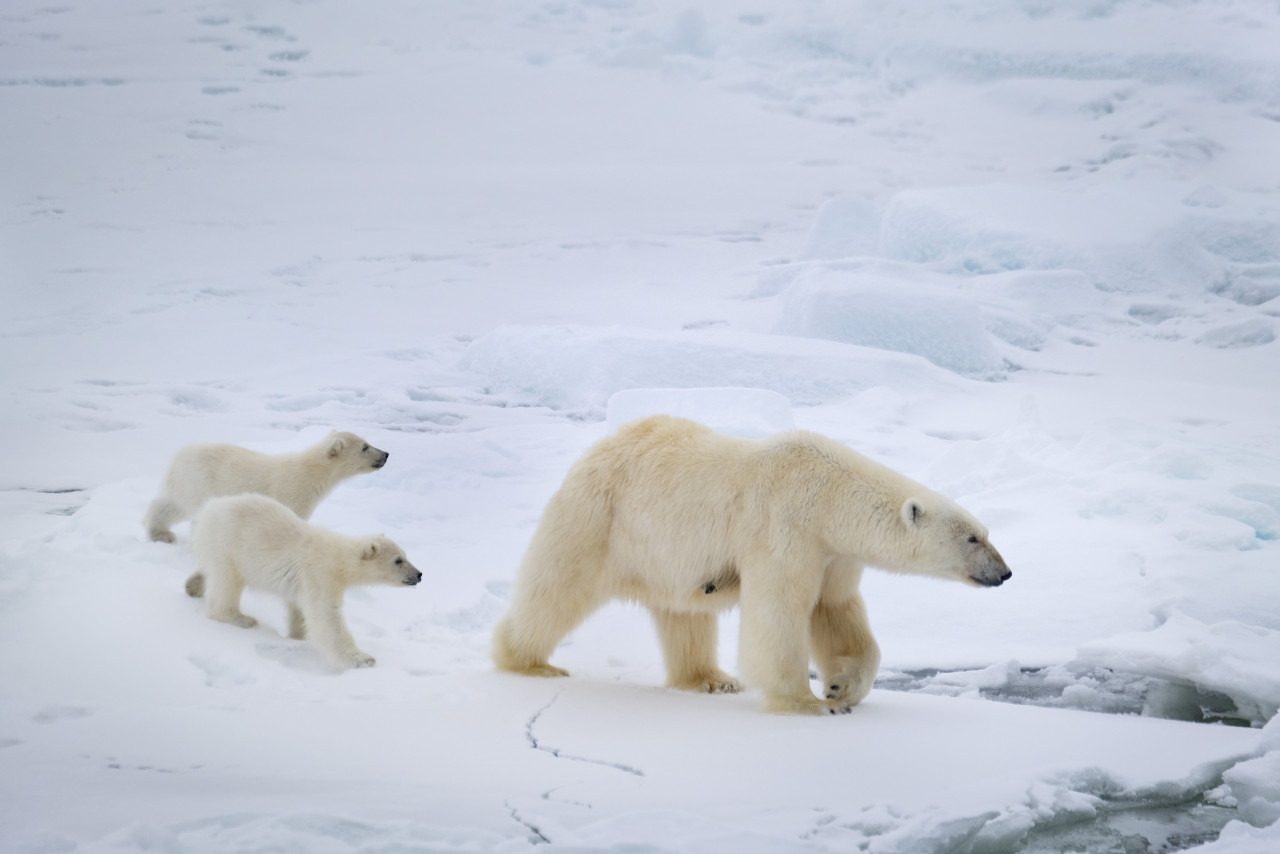
The Vibes: Why Polar Bears this time? And not focused on subjects or life from other terrains? Like the rainforest or marine?
Alastair Fothergill: Jeff and I have been privileged to work in the arctic quite a lot in the past and we have always had a passion for polar bears. Several things make them amazing.
Visually they are extraordinary animals and are so incredibly adaptable to their environment – the world of sea ice. Because they exist in a very difficult place to film, an awful lot of polar bear behaviour have never been filmed before. So, we really felt that it was an opportunity to share with people aspects of their lives that never have been documented well enough before.
I think the final reason why we were so attracted to polar bears is that they are truly at the cutting edge of global warming. The arctic is warming up four times faster than anywhere else on the planet and we felt there was a very powerful emotional narrative of today of an animal facing a change that we all are facing
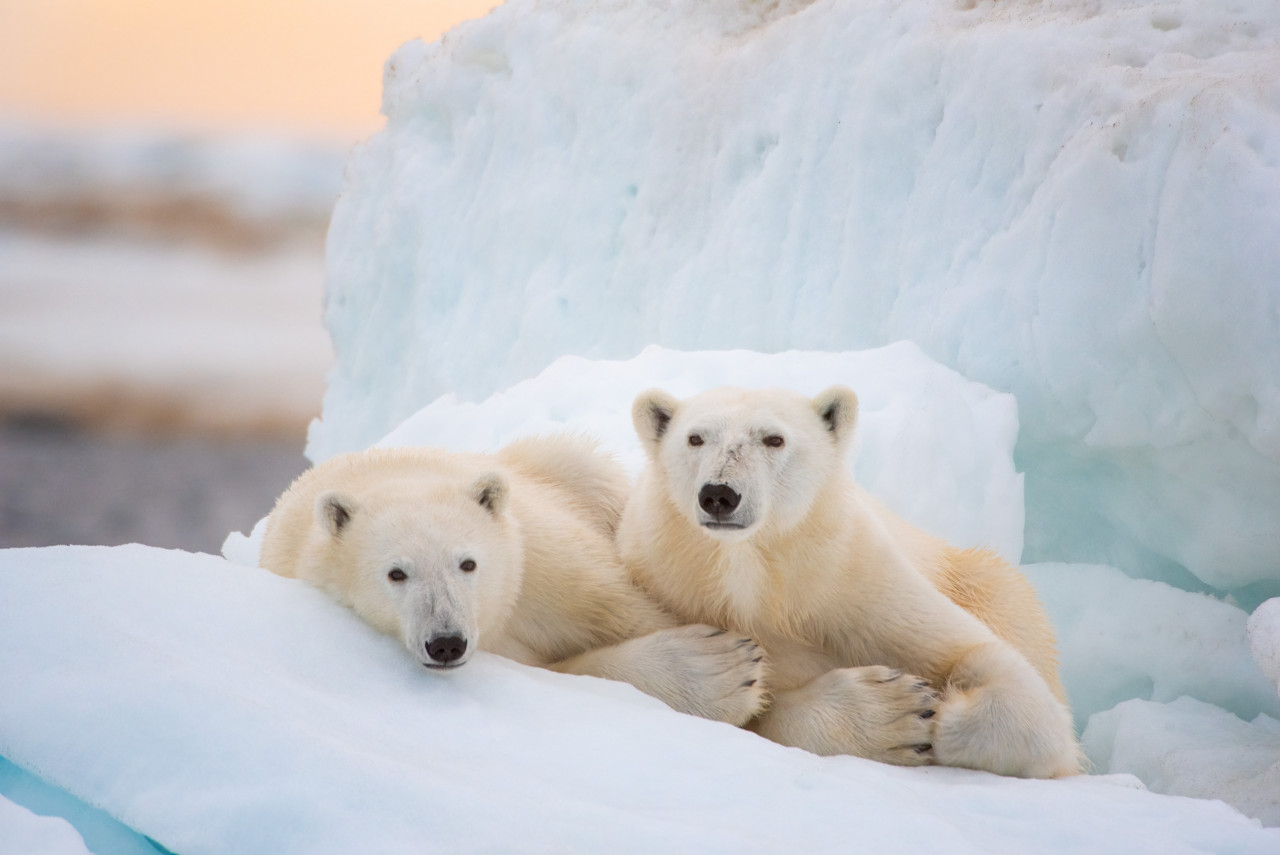
Jeff Wilson: I think the only thing I would add to this is that [polar] bears are incredibly intelligent. They are problem solvers and allow for the moments of magic that we all love to see on screen being captured. Any wildlife filmmaker looks forward to that form of character that comes out of an animal.
TV: How dire is the condition of our arctic?
AF: This film was entirely filmed in the archipelago of Svalbard, Norway – 650 to 800 miles from the North Pole. Jeff and I have been frequenting the area (off and on) for the past 20 years. The amount of sea ice is reducing quite drastically, and polar bears are quite dependant on it because they get 90% of their food by hunting for seals on sea ice.
Polar bears have a very narrow window to hunt in which they can’t do so until the seals surface and give birth on the ice. This happens around March, and by May June the sea ice would have already melted and the seals would disappear. What has been changing dramatically over the past years is the sea ice have been forming lesser and lesser and is melting earlier. This directly means that the opportunity for polar bears to get their food is reducing every year.
What is the worst-case scenario if our polar bears do go extinct?
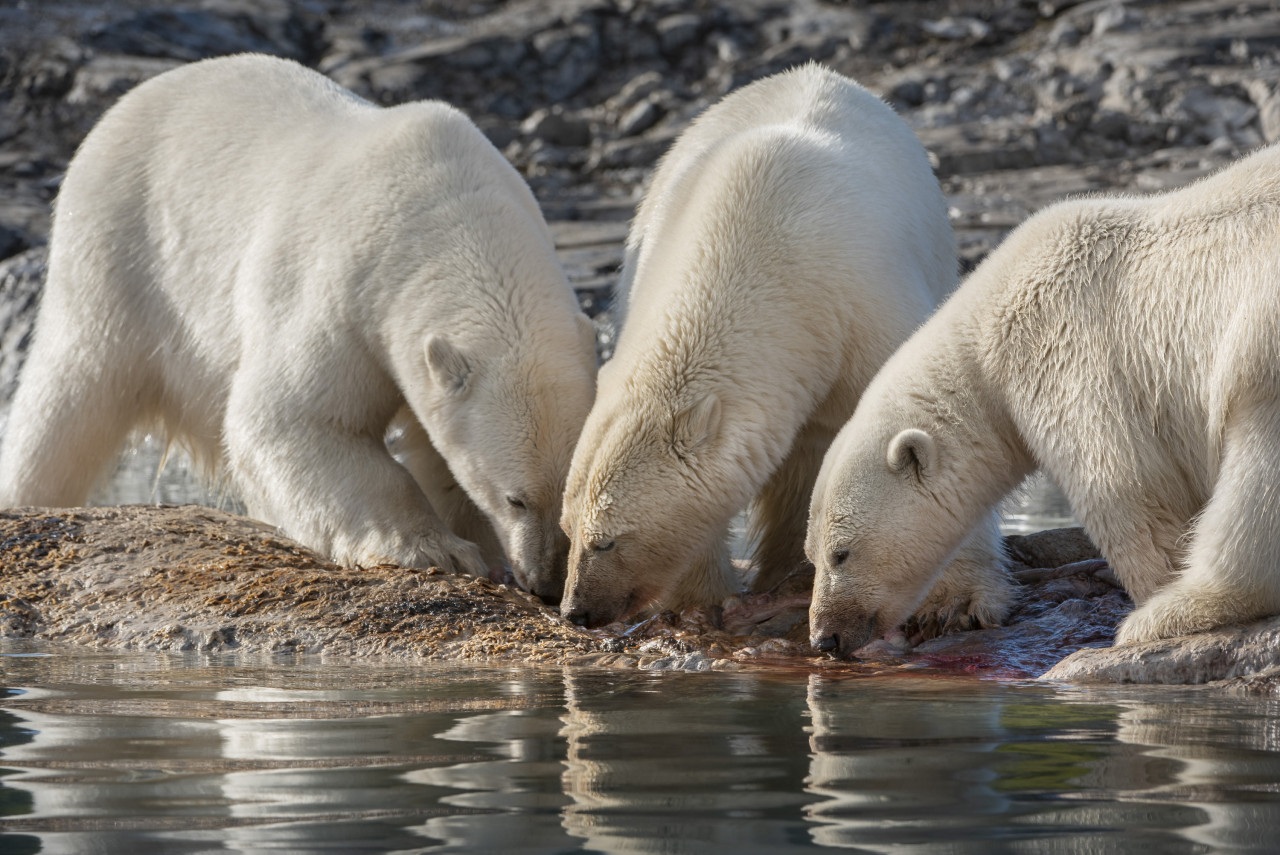
JW: I think it is important to recognise that polar bears are an iconic species – they are the poster child of the polar regions. Just the concept of an iconic animal going extinct should be able to raise enough alarms in my view. The idea our world could be without polar bears is a staggering fact, and the consequences should it happen would mean that the world has gone down a very dark path.
What we will see in this film or trying to highlight is yes, their landscape is changing very rapidly, and although they are good at adapting, they don’t actually know what the future holds for them.
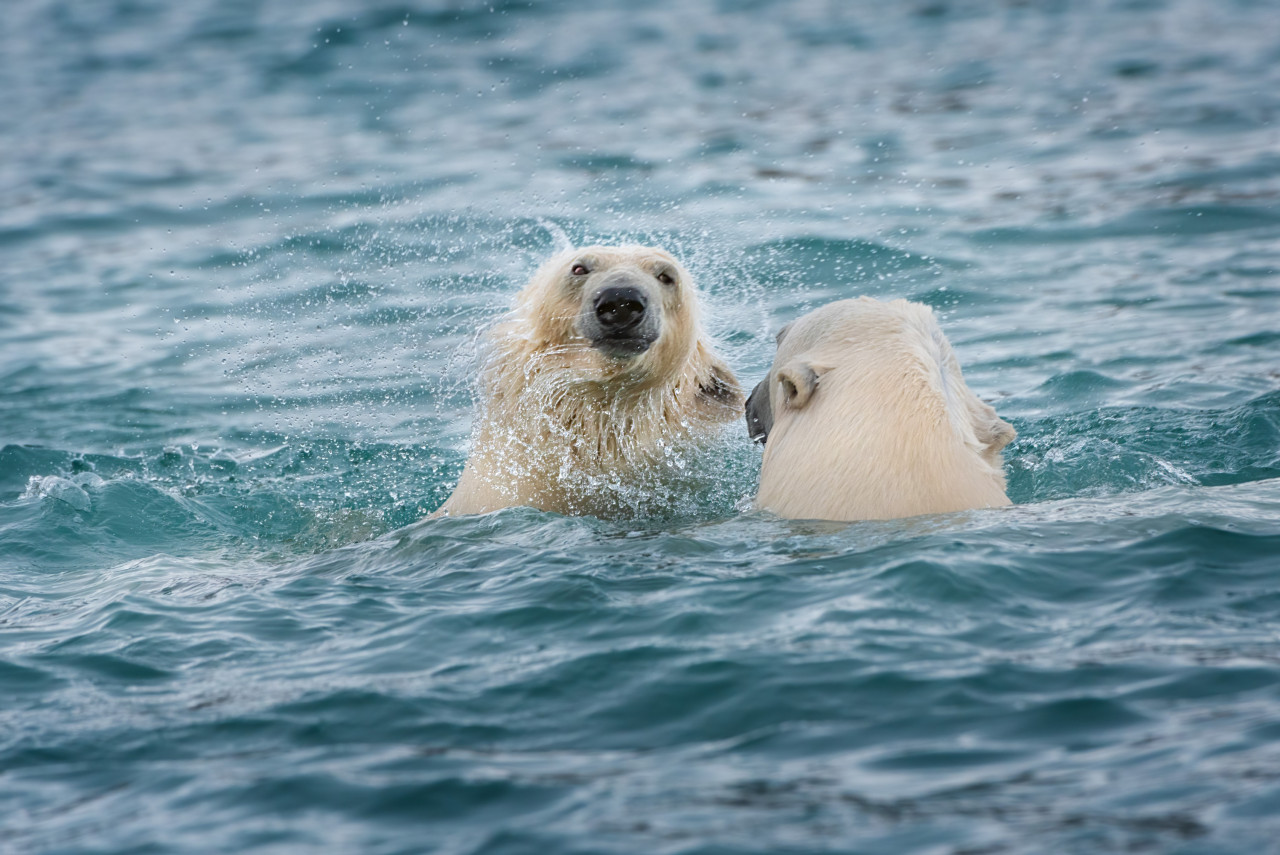
AF: Jeff and I are very proud of the environmental message carried within the film. At the same time, it is also very important to say that we have carefully created the movie to be entertaining for our Disneynature audience. It is aimed at four-year-olds to 104-year-olds. It is still very celebratory. For instance, how well polar bears are adapting where some of the extraordinary behaviours we filmed for this specific production – climbing up cliffs to steal bird eggs or trying to harbour seals – were rarely seen 15 to 20 years ago. This is the beauty of having to witness how very clever animals are responding to a changing habitat.
How different is the approach for filming ‘Polar Bear’ for Disneynature compared to other productions in the past?
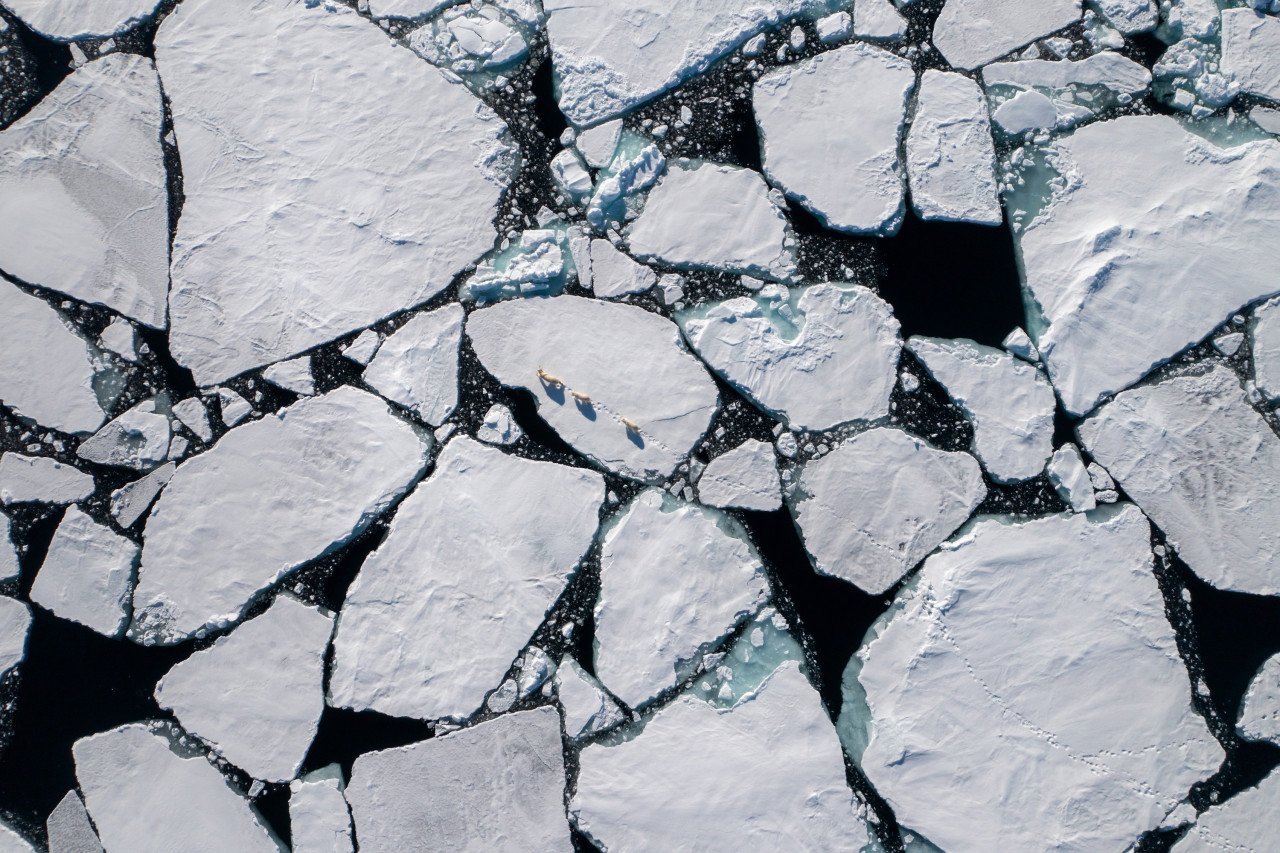
JW: Alistair said it well, the fact it is aimed at four-year-olds to 104-year-olds, and what we needed to make sure in doing so is the ability to share the wonder of the planet. This is vital for any wildlife film that Alistair and I worked on. We take our passion and our love for the planet by manifesting them in the images that we create to then share with the rest of the world. That ‘wonder’ is the building block of any great wildlife film, whether it is for Disney or any other kind. Of course, with Disney, we set out to take that ‘wonder’ to another level by making sure we bring the very best of the environment and characters, which in this case would be the arctic and polar bears.
More on the full interview in the video below… Insert embedded link: TBA *Wilson and Fothergill worked on ‘Frozen Planet’, a 2008 series for BBC’s Natural History Unit, that fueled both filmmakers’ passion for the Arctic. Disneynature’s ‘Polar Bear’ launches exclusively on Disney+ on April 22, 2022. The film features an original score by Harry Gregson-Williams (The Martian, Mulan). The ‘Polar Bear’ digital score soundtrack from Walt Disney Records will be available on April 22.
Fun Facts:
Polar Bears in Svalbard Filmed in the Norwegian archipelago of Svalbard, “Polar Bear” tells the story of a new mother whose memories of her own youth prepare her to navigate motherhood in the increasingly challenging world that polar bears face today.
- Approximately 3,000 polar bears – a ninth of the world’s polar bear population – live in the Barents Sea region bordering Norway and Russia. An estimated 300 polar bears remain in Svalbard, Norway year-round.
- Female polar bears in Svalbard weigh 150 to 350kg and males tip the scales at 300 to 700kg. Adult polar bears vary in length from 180 to 260cm.
- Polar bears are the world's largest land predator and biggest member of the bear family. However, because they spend most of their lives on the sea ice, they’re the only bear species classified as marine mammals.
- Polar bear mating season is in April or May; females in Svalbard typically mate for the first time around age 5.
- A pregnant female packs on the pounds, often doubling her weight by the time she builds a birthing den in late autumn. There, she goes into deep winter sleep, dropping her metabolic rate and body temperature to conserve energy.
- Polar bears most often give birth around the New Year to 1-2 tiny cubs weighing just 1kg. Thanks to mom’s fat-rich milk, the family can leave the security of the den by March or April, when the cubs have reached a solid 10kg.
- A polar bear mother receives no help from her solitary mate, and juveniles follow their mother until the age of 2.5 years.
- Polar bears prefer to eat ringed seal, the most common sea species in Svalbard, but they’ll also make do with animal carcasses, small mammals, birds, and even eggs and vegetation.
- A polar bear’s skin is actually jet black, as seen on their nose and footpads, and it absorbs infrared light from the sun to create warmth. Their fur is translucent but appears white because it reflects visible light.
- Don’t let their laidback lumber fool you: polar bears run up to 40kph and sport 42 super-sharp teeth, which they use to trap and devour prey.
- Polar bears are most often seen above ground, but they can swim for days at a time to reach another ice flat. The longest non-stop polar bear swim ever recorded was nine days and 426 miles—comparable to the distance between Washington, DC, and Boston.
- The average lifespan of a polar bear in the wild is 15-18 years. The oldest polar bear in the Arctic lived for 32 years, and the oldest known polar bear in a zoological park lived for 45 years. – The Vibes, April 22, 2022



